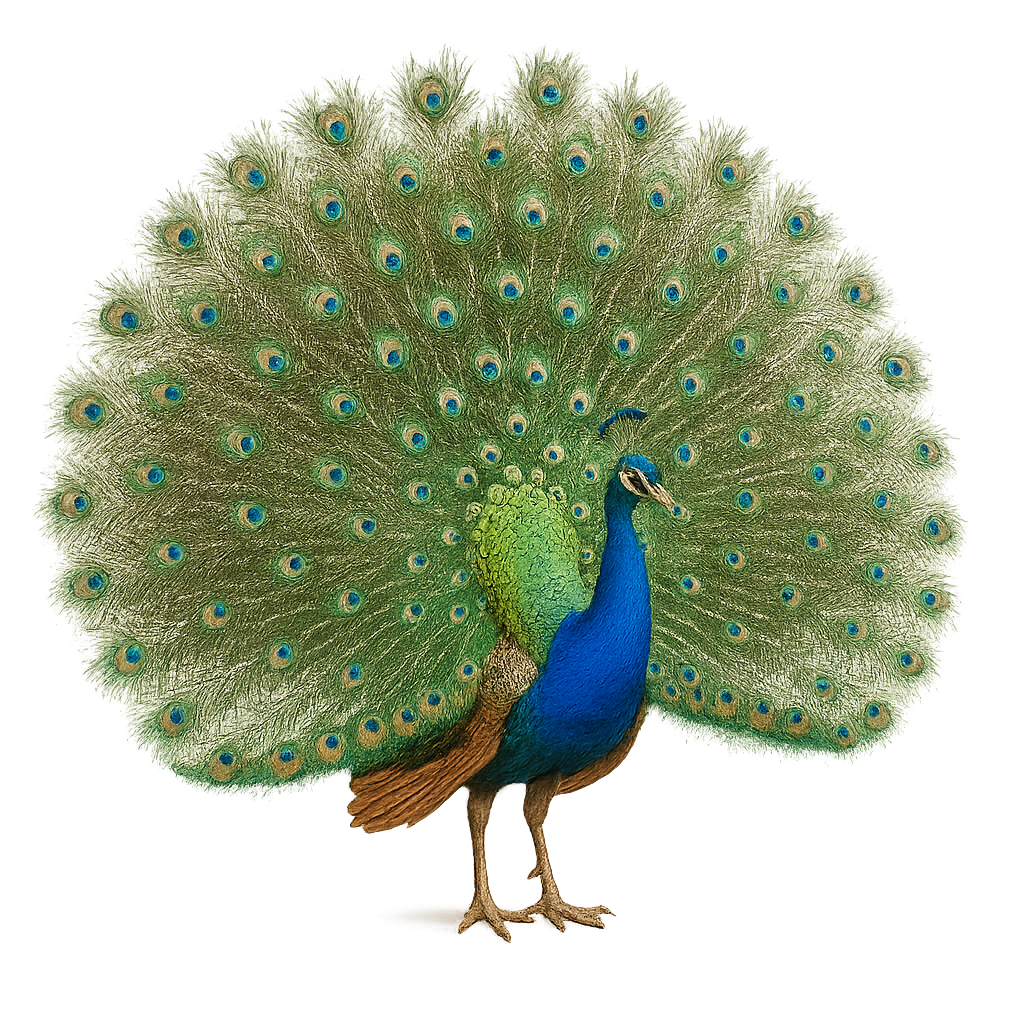Your wildlife photography guide.
Explore the indian peafowl in detail, study its behavior, prepare your shots.
Where to observe and photograph the indian peafowl in the wild
Learn where and when to spot the indian peafowl in the wild, how to identify the species based on distinctive features, and what natural environments it inhabits. The WildlifePhotographer app offers tailored photography tips that reflect the indian peafowl’s behavior, helping you capture better wildlife images. Explore the full species profile for key information including description, habitat, active periods, and approach techniques.
Indian peafowl
Scientific name: Pavo cristatus

IUCN Status: Least Concern
Family: PHASIANIDAE
Group: Birds
Sensitivity to human approach: Tolerant
Minimum approach distance: 10 m
Courtship display: March to June
Incubation: 27-30 jours
Hatchings: April to July
Habitat:
Open forests, gardens, parks, and agricultural areas of South Asia, but also in zoos and parks outside their natural habitat
Activity period :
Primarily active during the day, with peak activity in the morning and late afternoon.
Identification and description:
The Peacock is a large bird native to the Indian subcontinent, but it is now found in many parts of the world, often raised for its magnificent feathers. It measures about 2 to 2.5 meters in length, much of which consists of its tail, which can reach up to 1.5 meters in length. The Peacock's feathers are brilliantly colorful, with blue, green, and gold patterns that are displayed during courtship rituals to attract females. Outside of the breeding season, the Peacock is a terrestrial bird, feeding on seeds, fruits, insects, and small reptiles. Although this species is not in immediate danger, it is threatened by habitat loss and hunting in some regions.
Recommended lens:
200 mm – adjust based on distance, desired framing (portrait or habitat), and approach conditions.
Photography tips:
To photograph the peacock, a telephoto lens is ideal for capturing its magnificent feathers during the courtship display. The soft light of the morning or evening is perfect for avoiding harsh shadows and highlighting the vibrant colors of its plumage. Be discreet and do not approach too closely during the display to avoid interrupting its natural spectacle.
The WildlifePhotographer App is coming soon!
Be the first to explore the best nature spots, track rutting seasons, log your observations, and observe more wildlife.
Already 1 431 wildlife lovers subscribed worldwide

